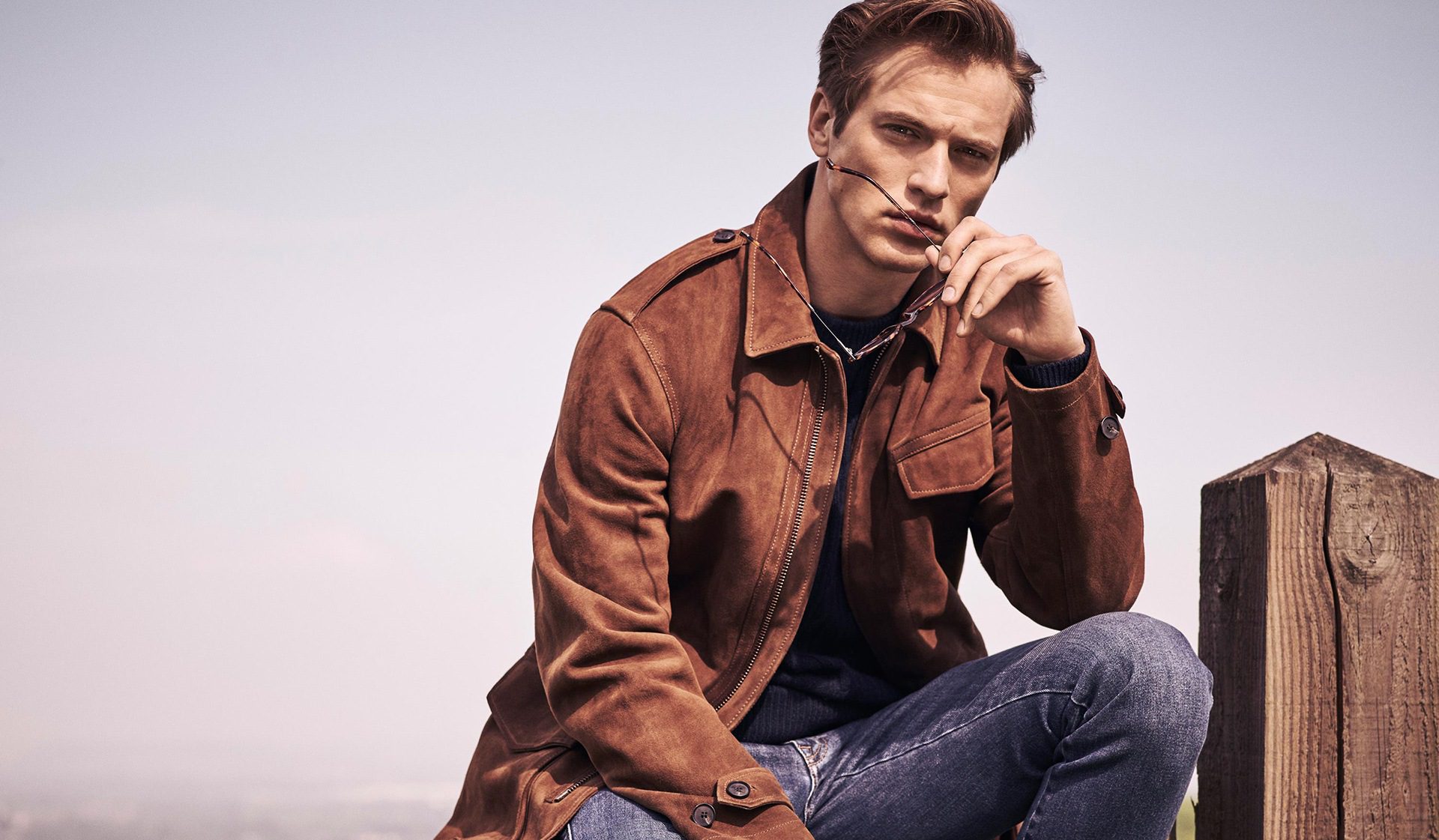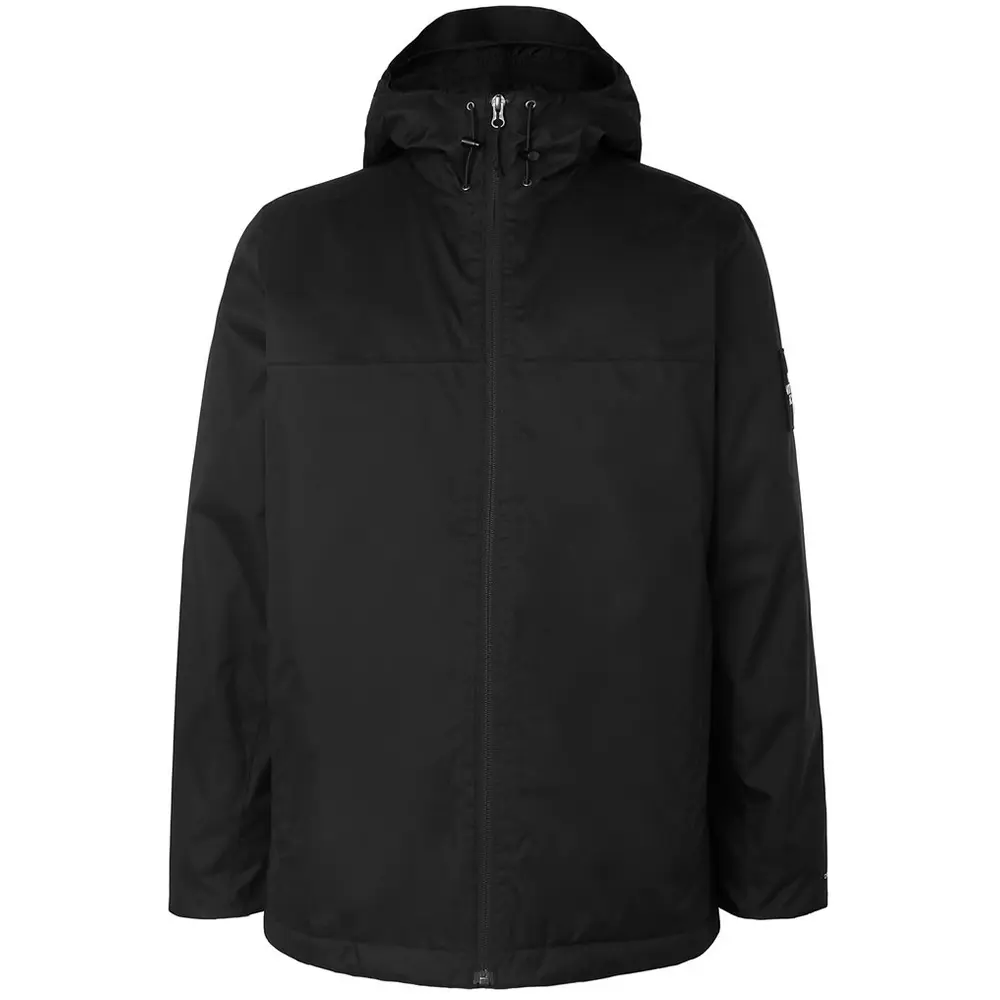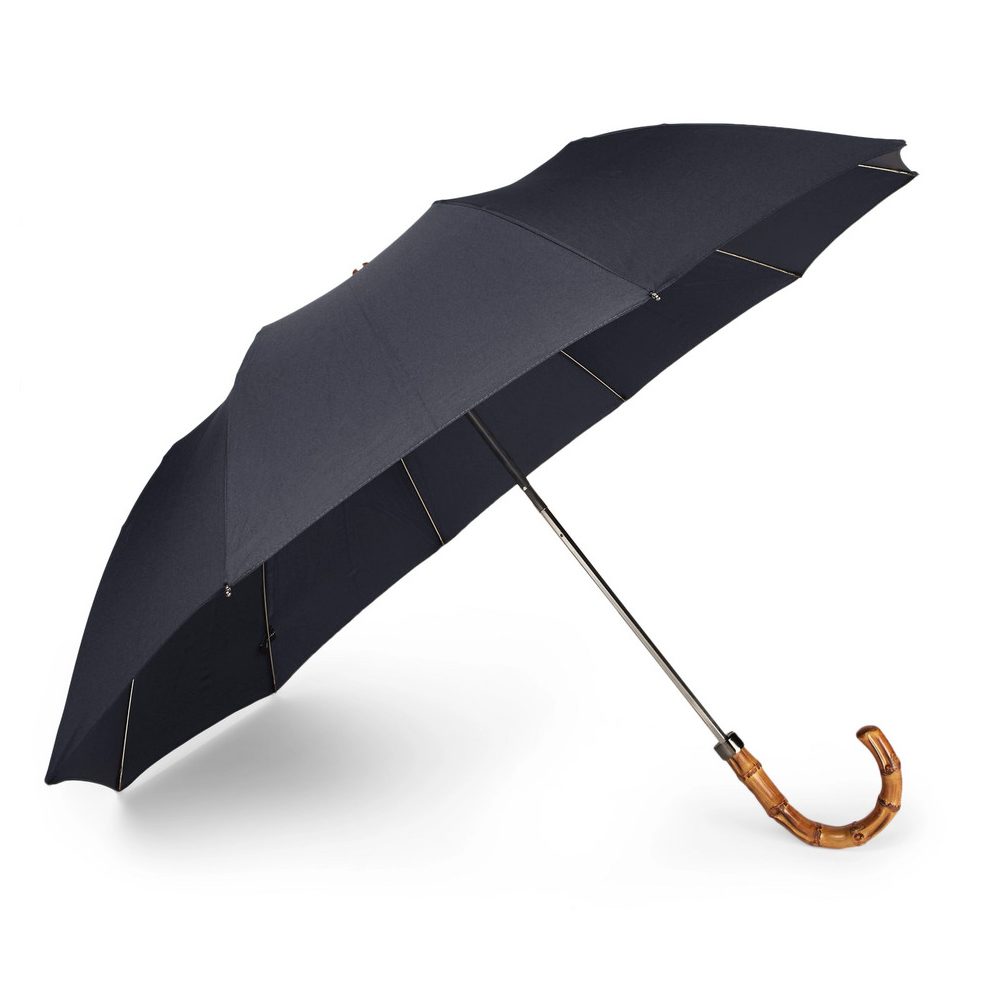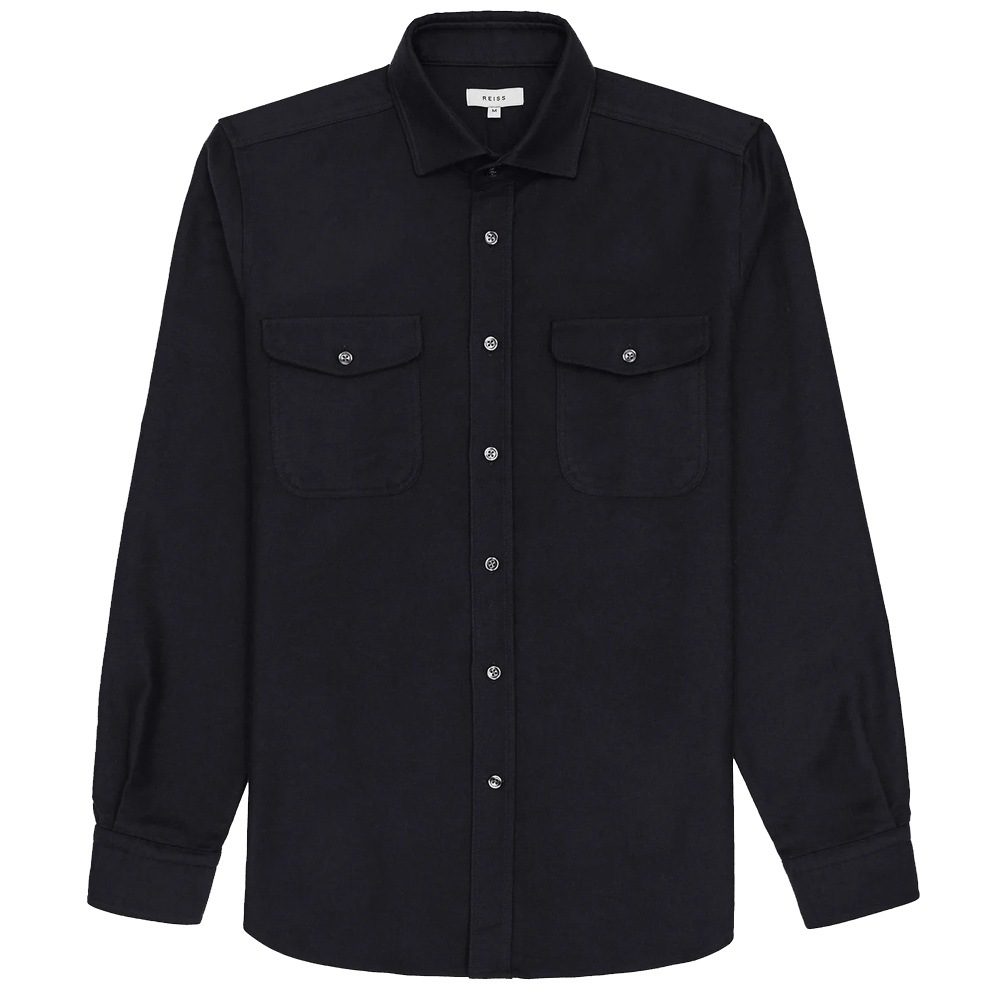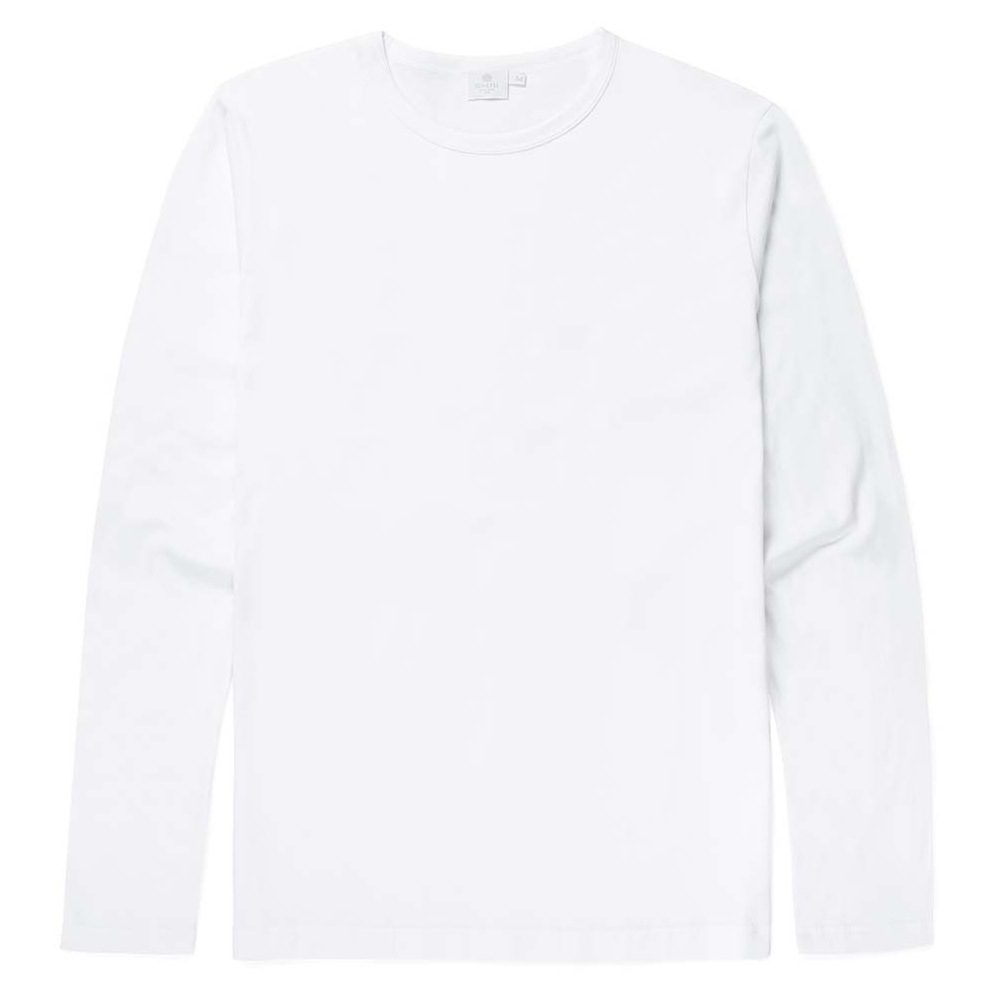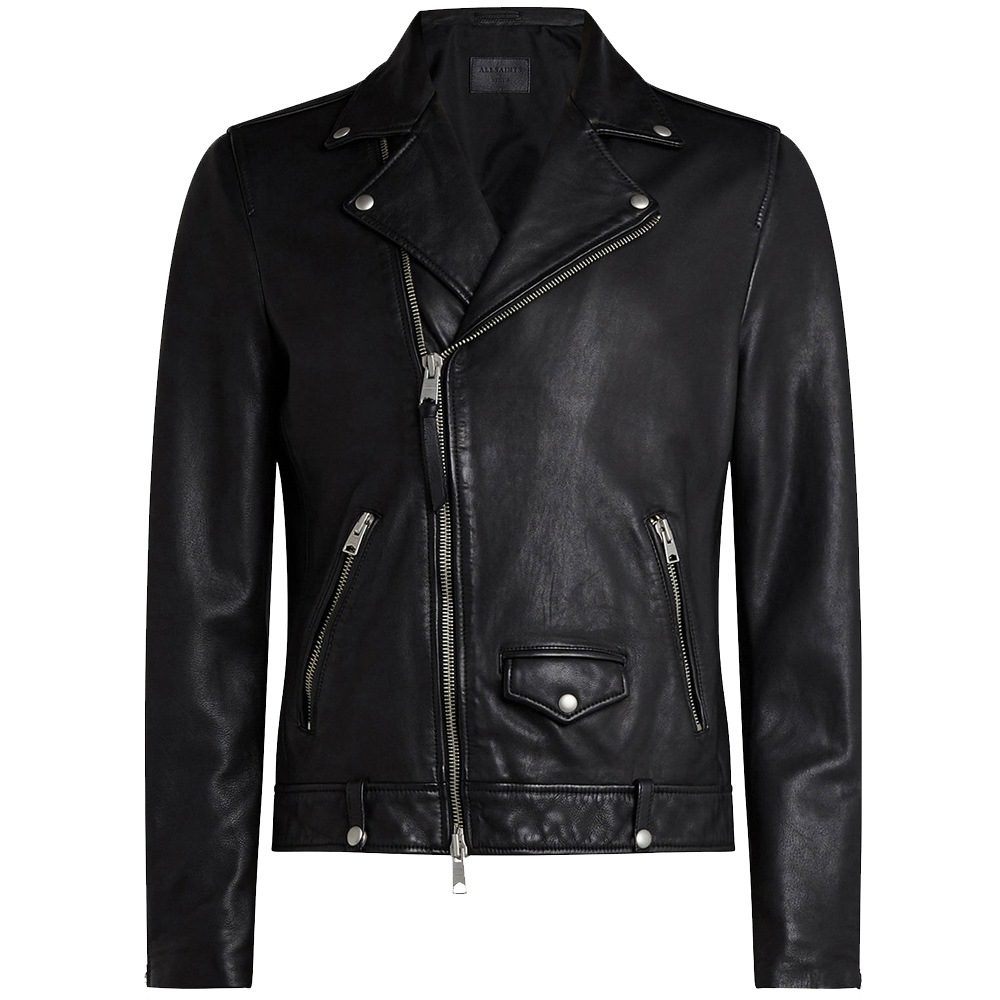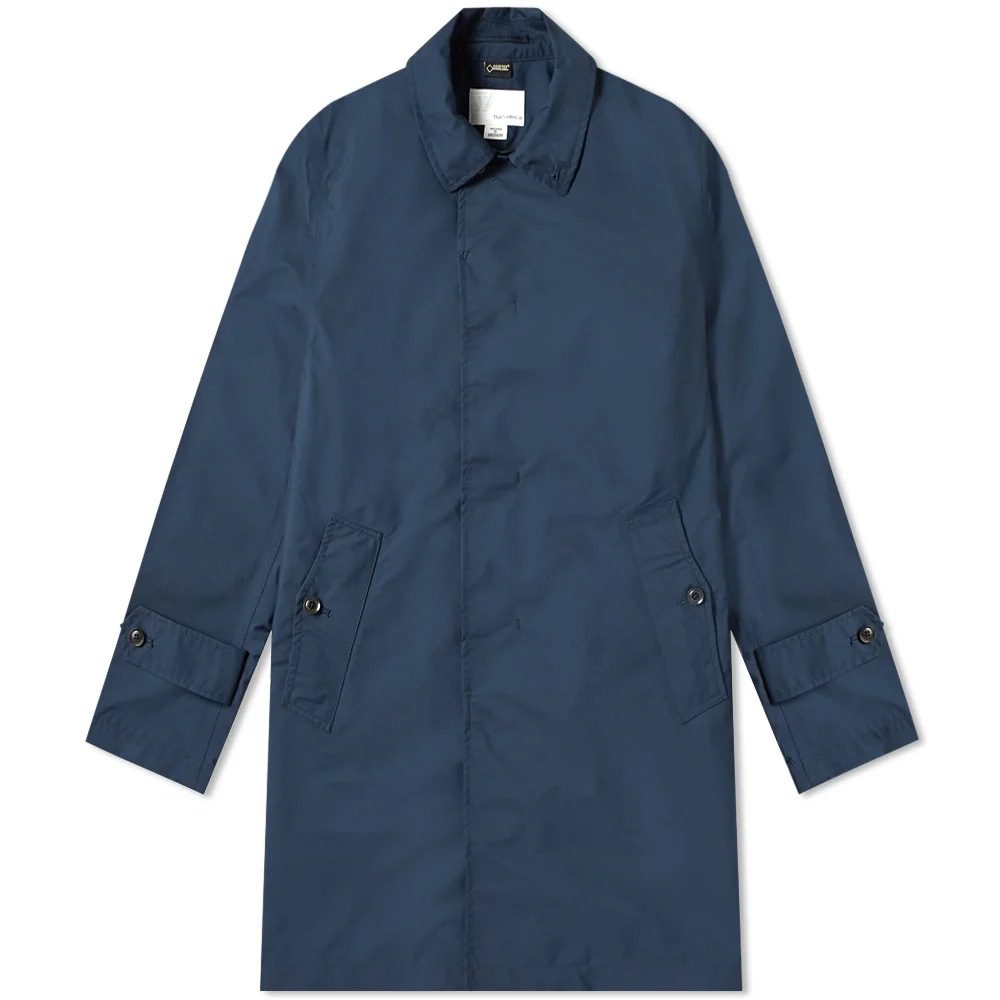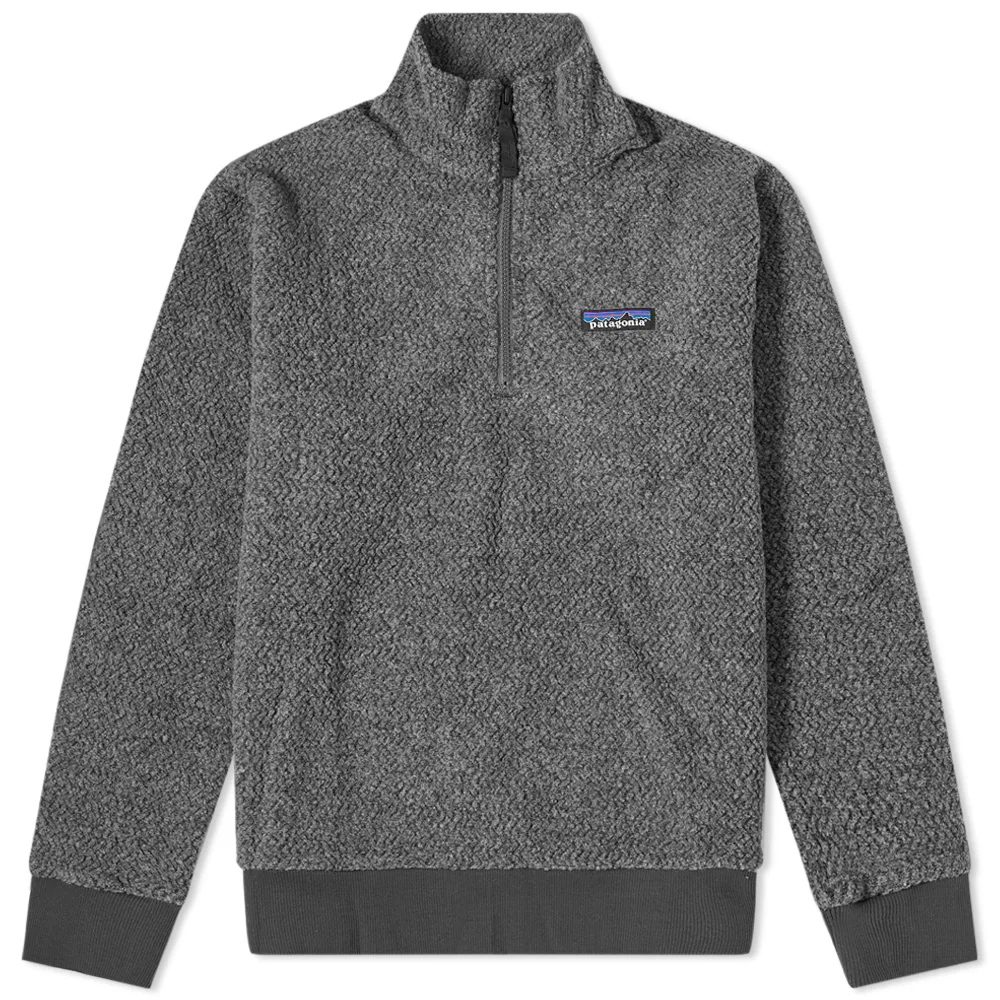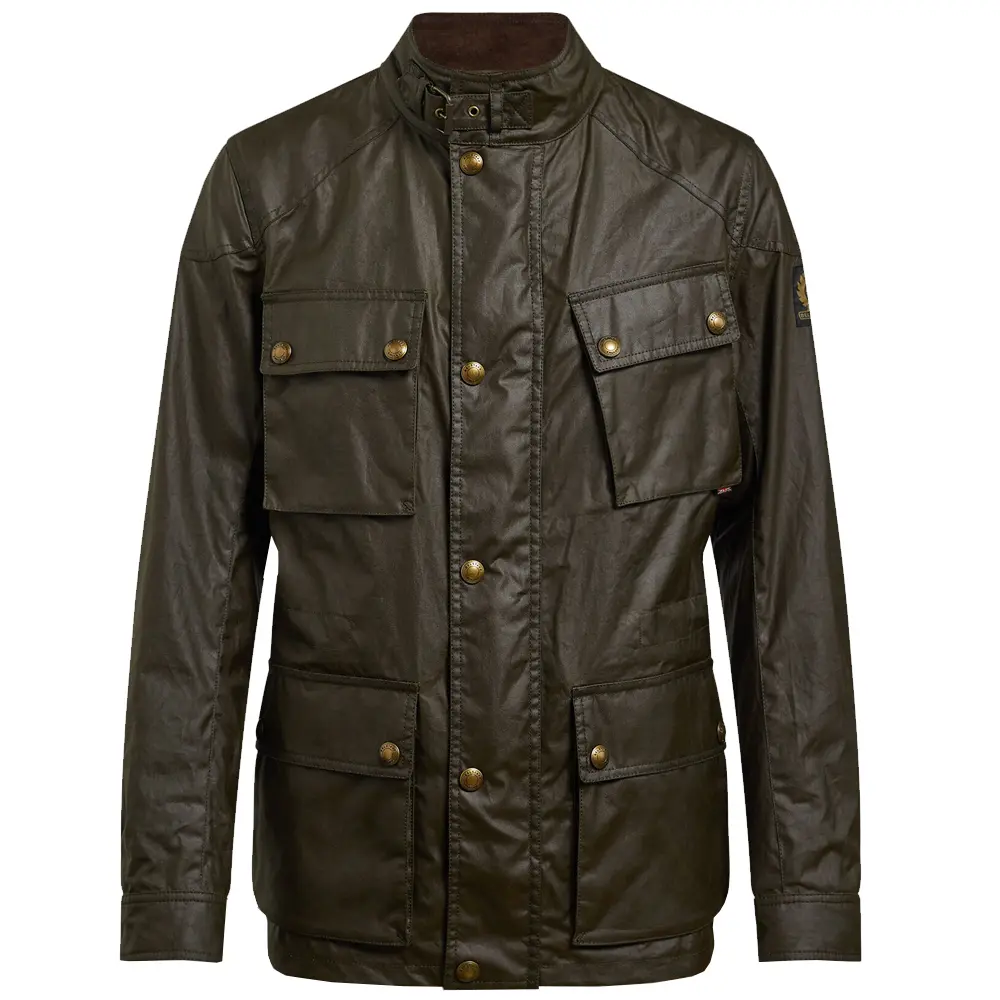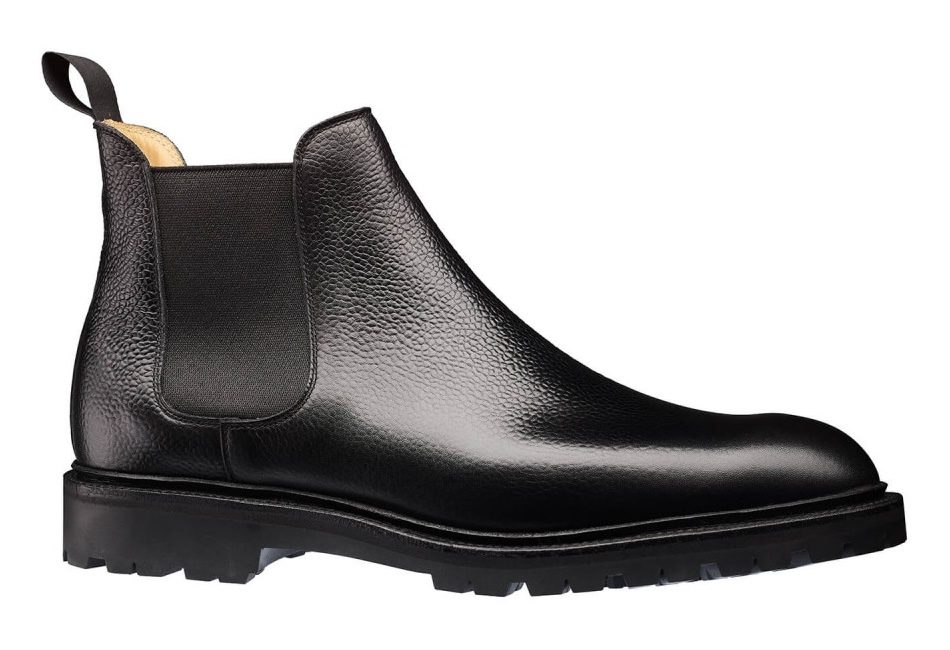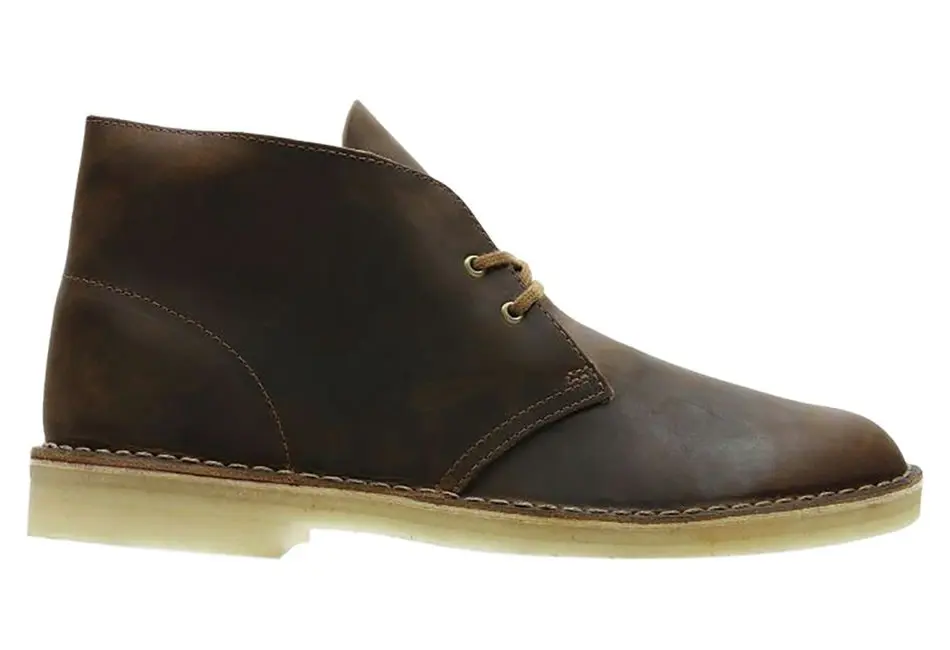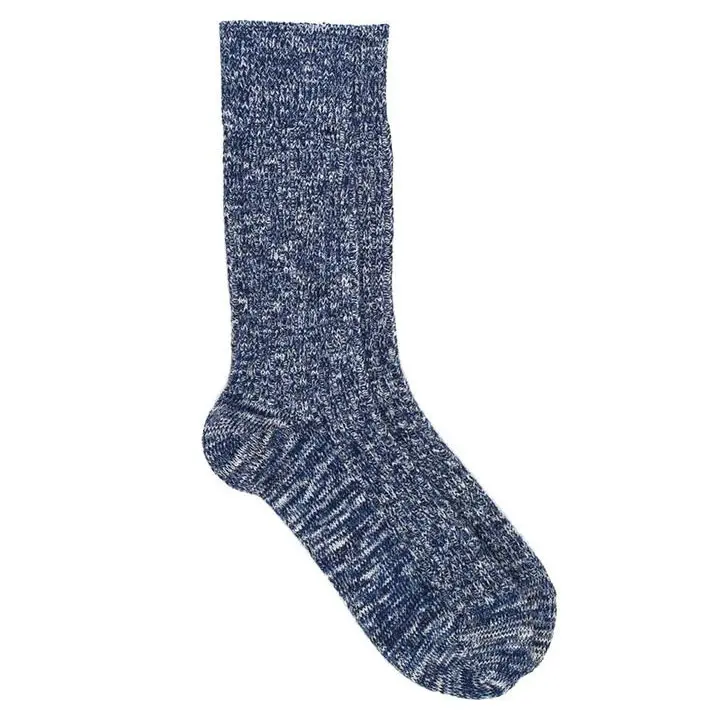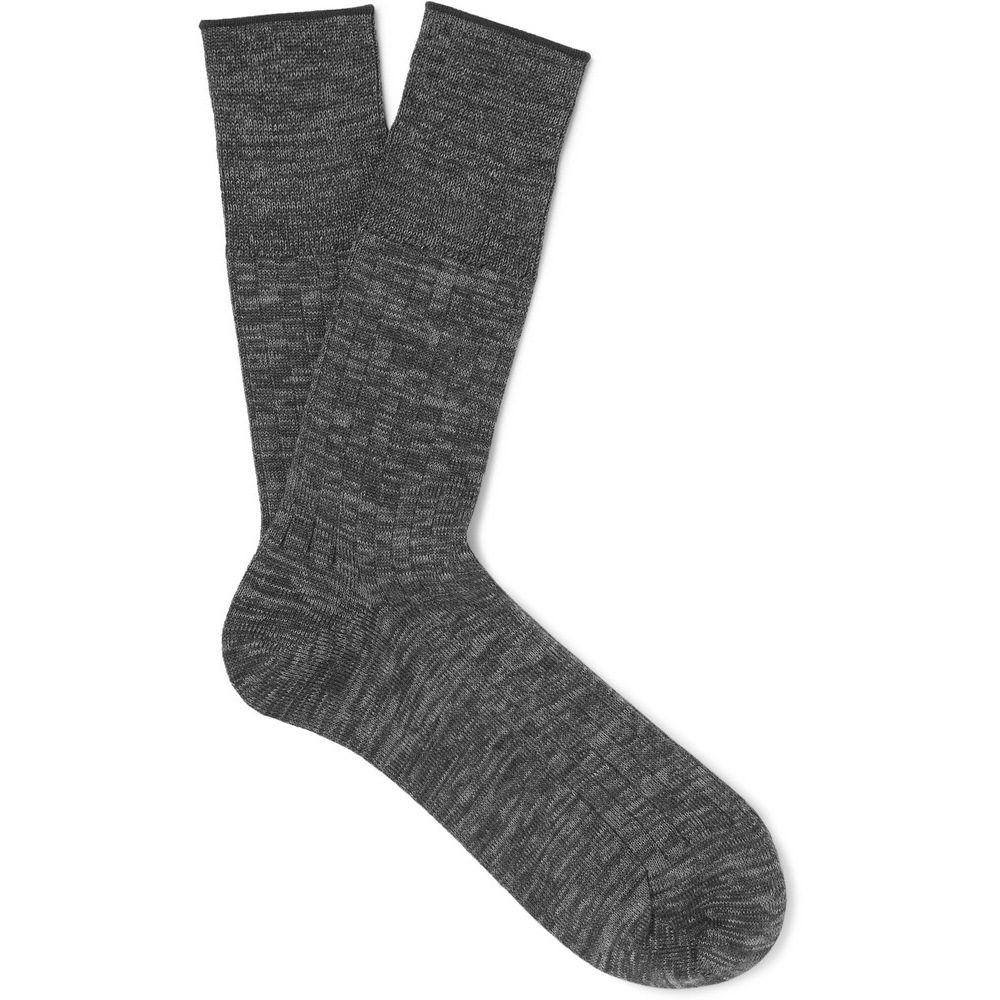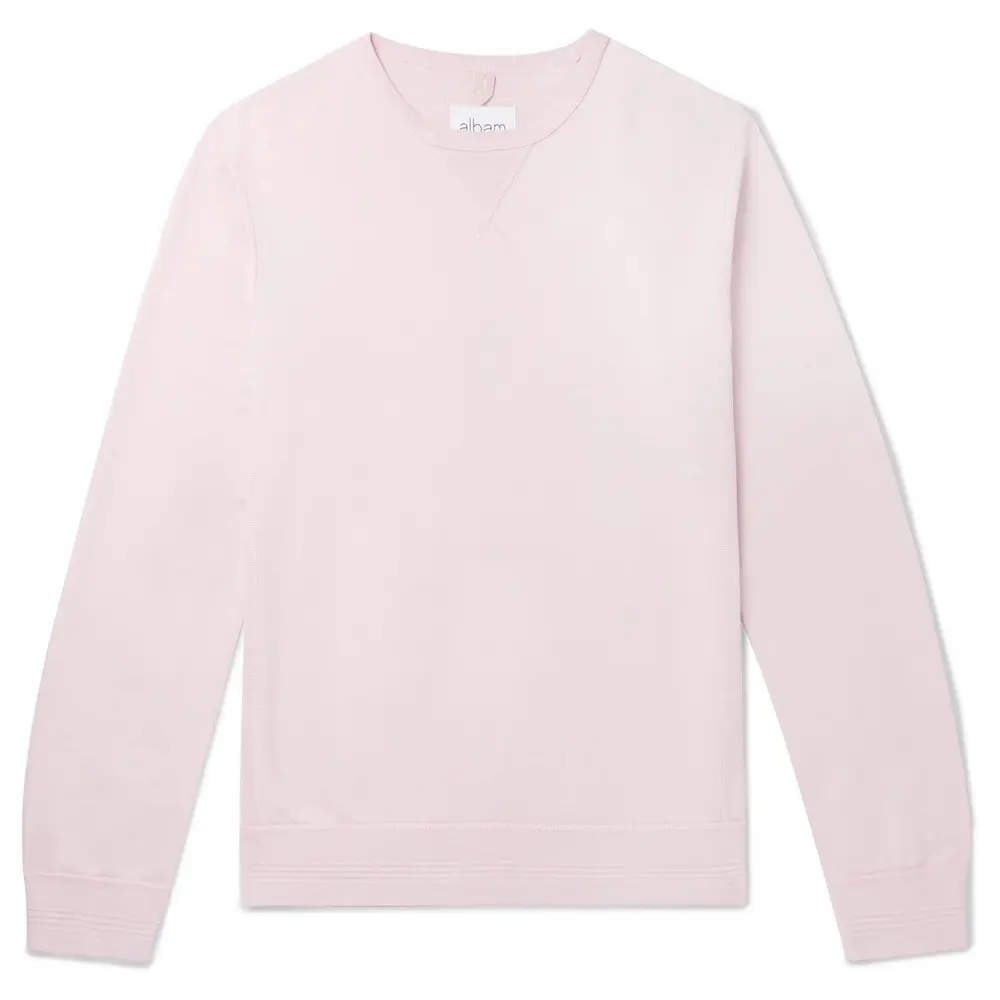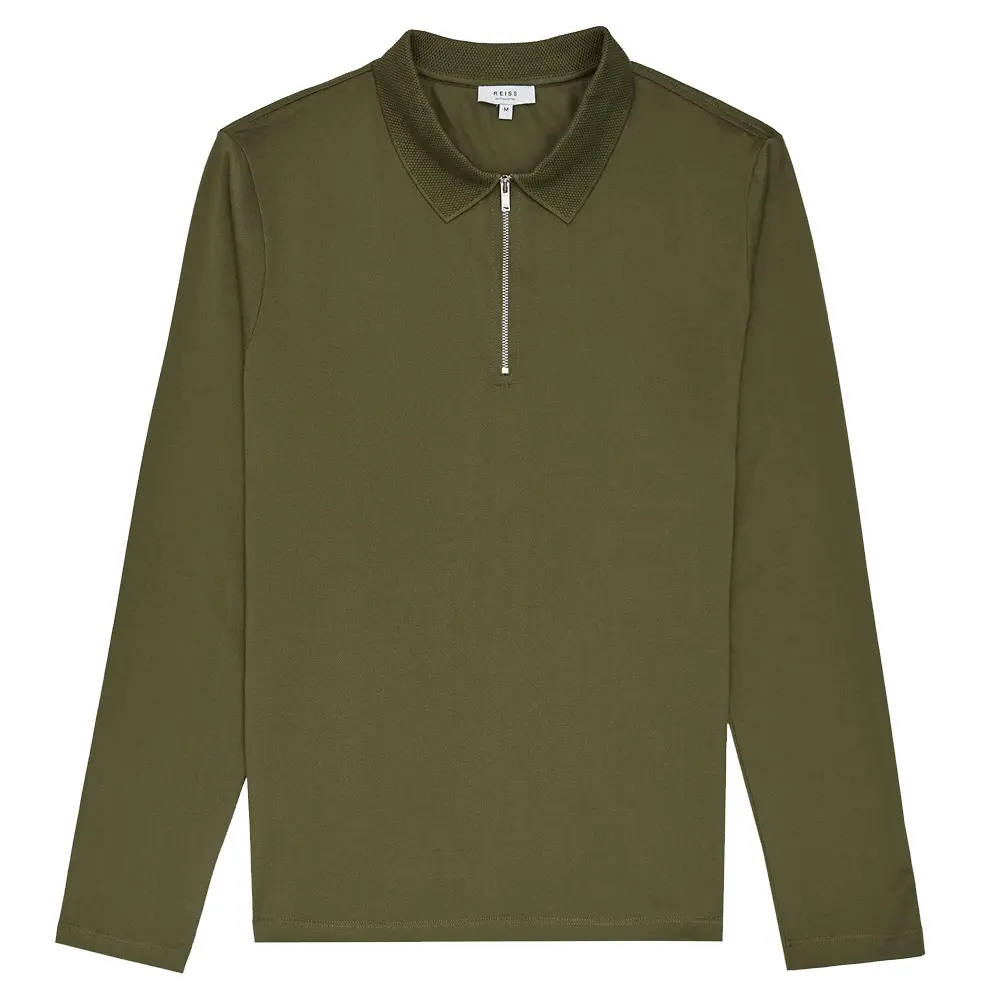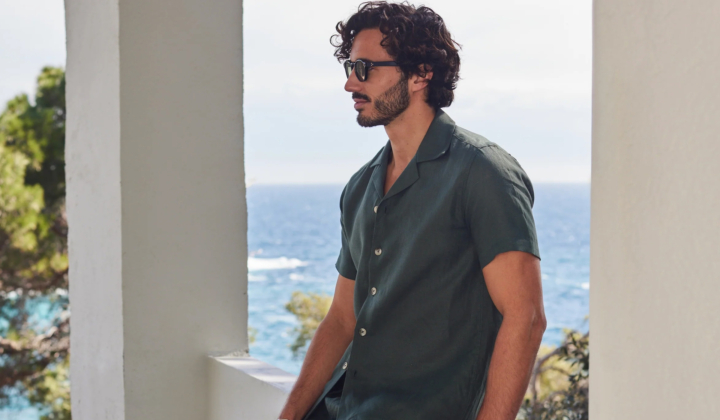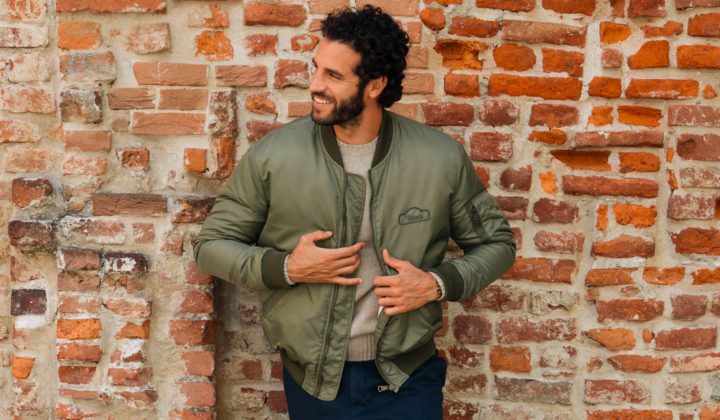Layer Up: How To Dress For Autumn
The drop in temperature, the shortening of the days – those who despair for the passing of summer might not be matched in number by the menswear fans who rejoice autumn’s coming, but it’s hard to beat the latter for enthusiasm. After a spell in which T-shirt and shorts are all you need, autumn brings in the chance to actually wear proper clothes again. And plenty of them. After all, autumn, like spring, is for layering.
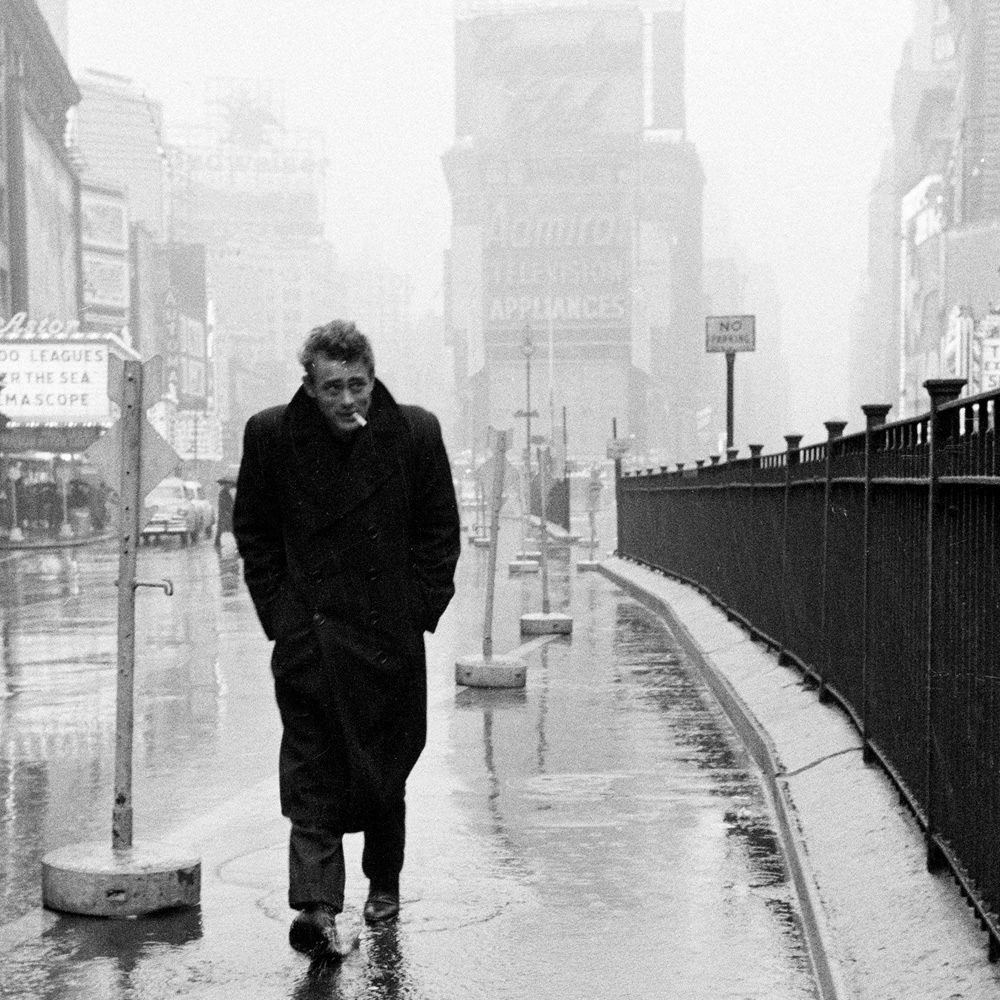
James Dean dressed for an autumn downpour
This is because both seasons in the UK bring a mixed bag of weather: pleasant days can be followed by chillier evenings; snow may be unlikely, but rain is to be expected. The fashion business talks in particular of the “autumn transition”, as though it’s some kind of mid-life crisis. But what it means is that the cardinal rule of dressing for this “transitioning” few months is to wear clothes – mostly in breathable, natural fibres – that can be easily piled on and, should you head indoors, peeled off. Adaptability is key during this period.
Watch Your Weight
This places the emphasis, first and foremost, on the weight of the garment. Anything that’s too light or, for that matter, too heavy, will prove inadequate to the task. The trick is to assemble layers of middle-weight pieces – some of which may be heavier than usual, and some lighter than usual, but which add up to a package that, in terms of warmth and waterproofing, is Goldilocks-like: not too hot, not too cold, but just right.
Think of it, perhaps, in terms of each piece of your clothing having one key function. For example, if in the depths of winter you’d wear a coat that is both insulating and wind- and waterproof, think of your autumnal need as being for something that just keeps the rain off. A lightweight shell jacket (i.e. something that can be carried around or folded into a bag without too much inconvenience), and maybe a baseball cap or folding umbrella, is all you really need.
Likewise, a shirt in summer may be worn more with smartness in mind; for autumn think of it as needing to provide one of your core layers – so opt for a beefier flannel, wool or thick cotton overshirt. Under your shirt, step up from a T-shirt to a long-sleeved top or henley, or a lighter weight sweatshirt.
Material Considerations
Autumn is a good time for leather outerwear – think edgy aviator and motorcycle jackets – if only because it’s too hot for the summer and isn’t so good in the more consistently wet weather of winter. By the time you’ve dried out your leather after a downpour, it will be spring.
Technical fabrics – the more advanced textiles typically used to craft specialist, multifunctional clothing – also really come into their own this season. These are the kind of materials used to create jackets, for example, that by some weaving alchemy manage to be both warm and cool, light and substantial, all at the same time as your body requires. The downside is that they’re expensive, even if – thanks to many designers collaborating with traditional outdoors brands like Karrimor and The North Face – they’re moving away from a look that suggests you’re all set to scale Everest.
But this isn’t to say you can’t get similar benefits from more reasonably-priced clothing. Waxed cotton, for example, is far from being a new idea: but by selecting a waxed over a non-waxed cotton for your outermost layer, you build in a degree of water-repellency to your outfit. More complex coated cottons – even if they’re just coated with something like rubber – have gone mainstream now too. Polyester fleece meanwhile, once considered a specialist fabric heralded for its ratio of warmth to weight, still makes for an ideal mid layer, and is likewise now used by brands without the mountain rescue overtones.
Learn to Layer
Of course, when it comes to combining the pieces mentioned above, there are many spins on all of this: a mac over a crew-neck sweater and T-shirt will see you through most autumn days, and is an off-duty look every gentleman should master. For something slightly more smart casual or business casual leaning, try a trench coat over an unlined sports jacket and Oxford button-down shirt.
Yet no matter whether you’re dressing up or down, it goes without saying that layering is key. At least for your top half. Don’t go layering up your trousers. Although on the subject of legwear, you may want to step up to a heavier weight – be that wool, twill or raw denim.
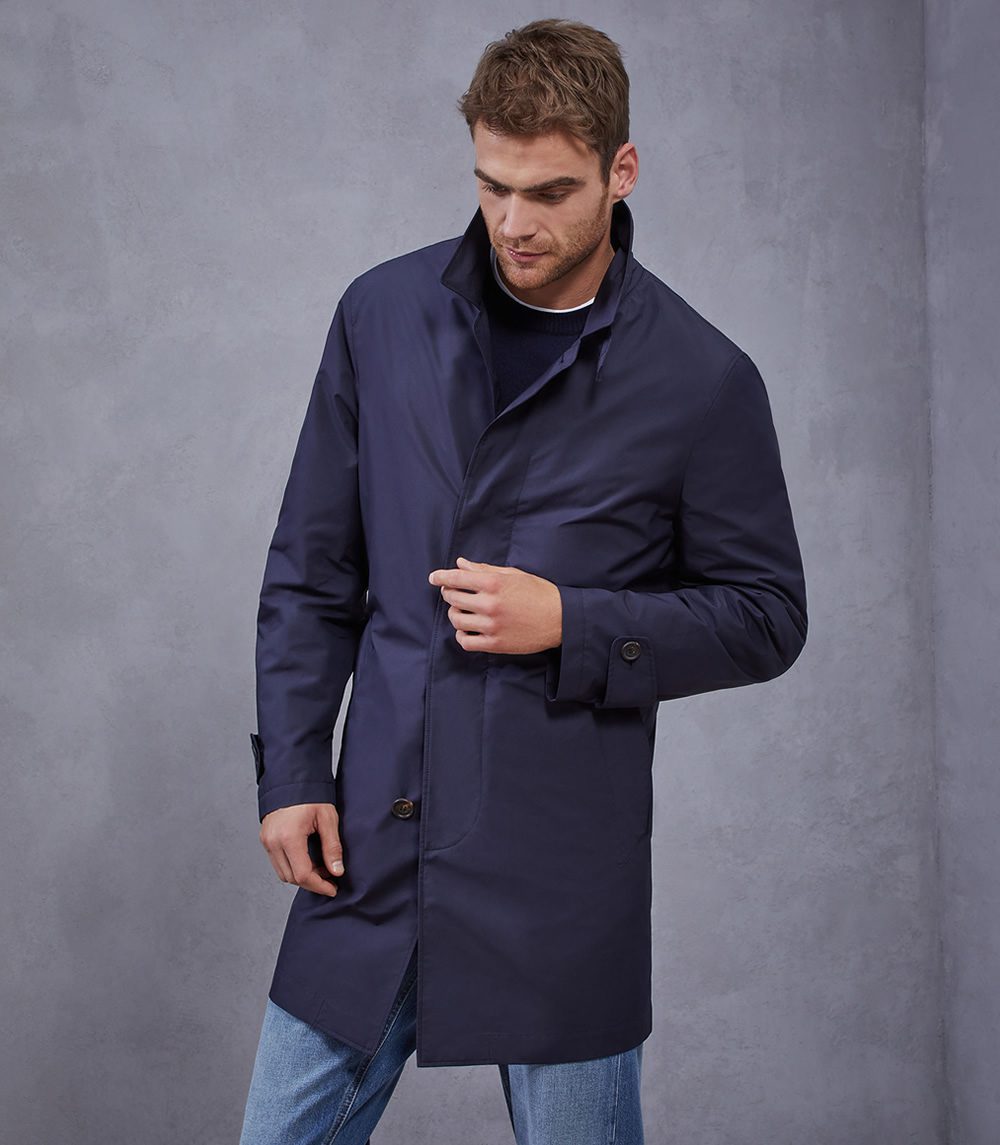
Brunello Cucinelli
If you’re a layering novice, stick to a three-layer system consisting of a base, mid and top layer. The warmest stuff you own should start next to the skin. Cotton is a solid, foolproof option – it’s great at wicking away sweat, and sweat that can’t escape from your skin soon turns cold – but a merino wool base layer is the single most effective thing you can wear to keep warm. It’s a foundation of cosiness that affords you much greater flexibility with the rest of your attire.
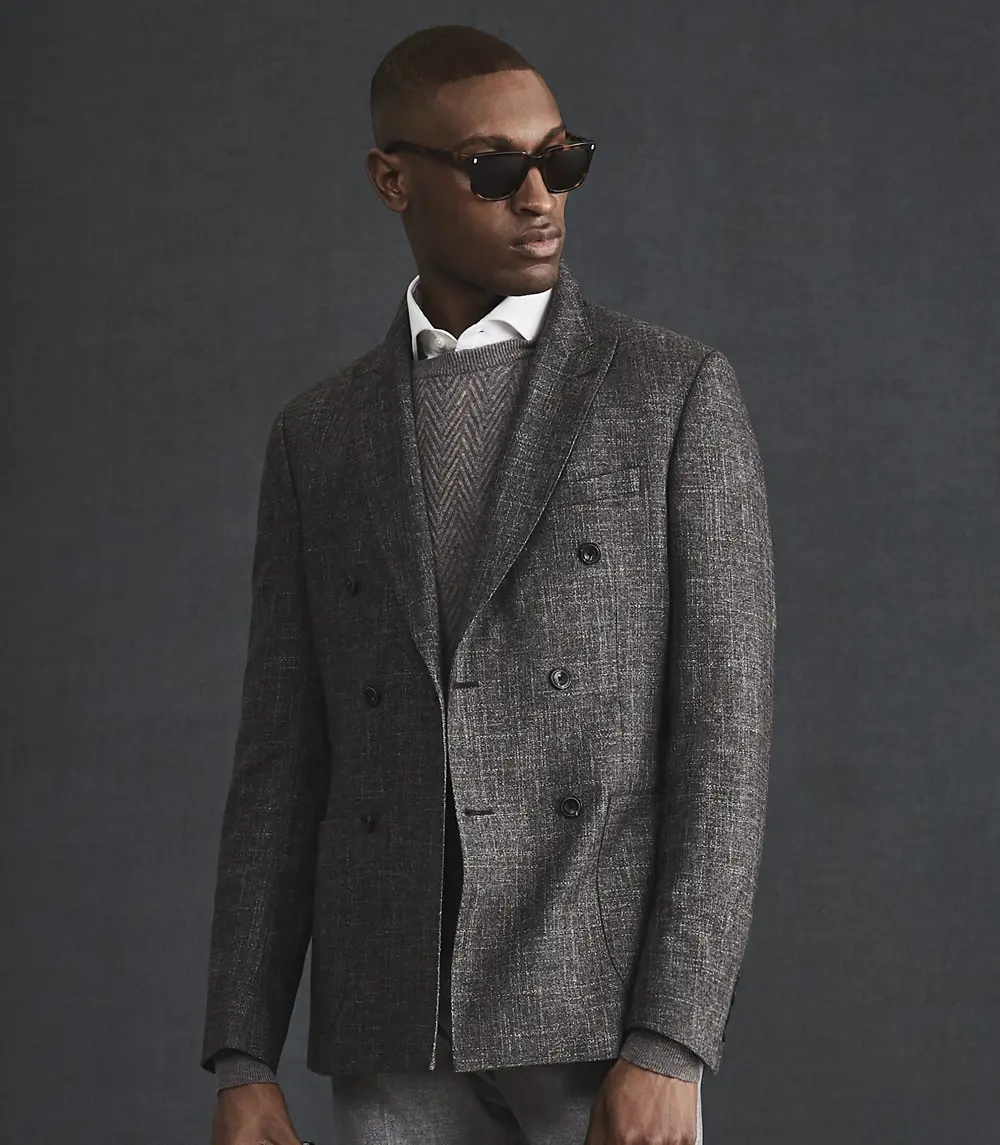
Reiss
It’s more effective still if the pieces over it are multiple thin-ish layers. Follow your base with a shirt or long-sleeved T-shirt; then add a fine-gauge sweater, fitted cardigan or loopback cotton sweatshirt; finally, your top layer might be something softly tailored like an unstructured blazer to create a smarter appearance, or a lightweight jacket such as a Harrington, bomber or raincoat for weatherproofing.
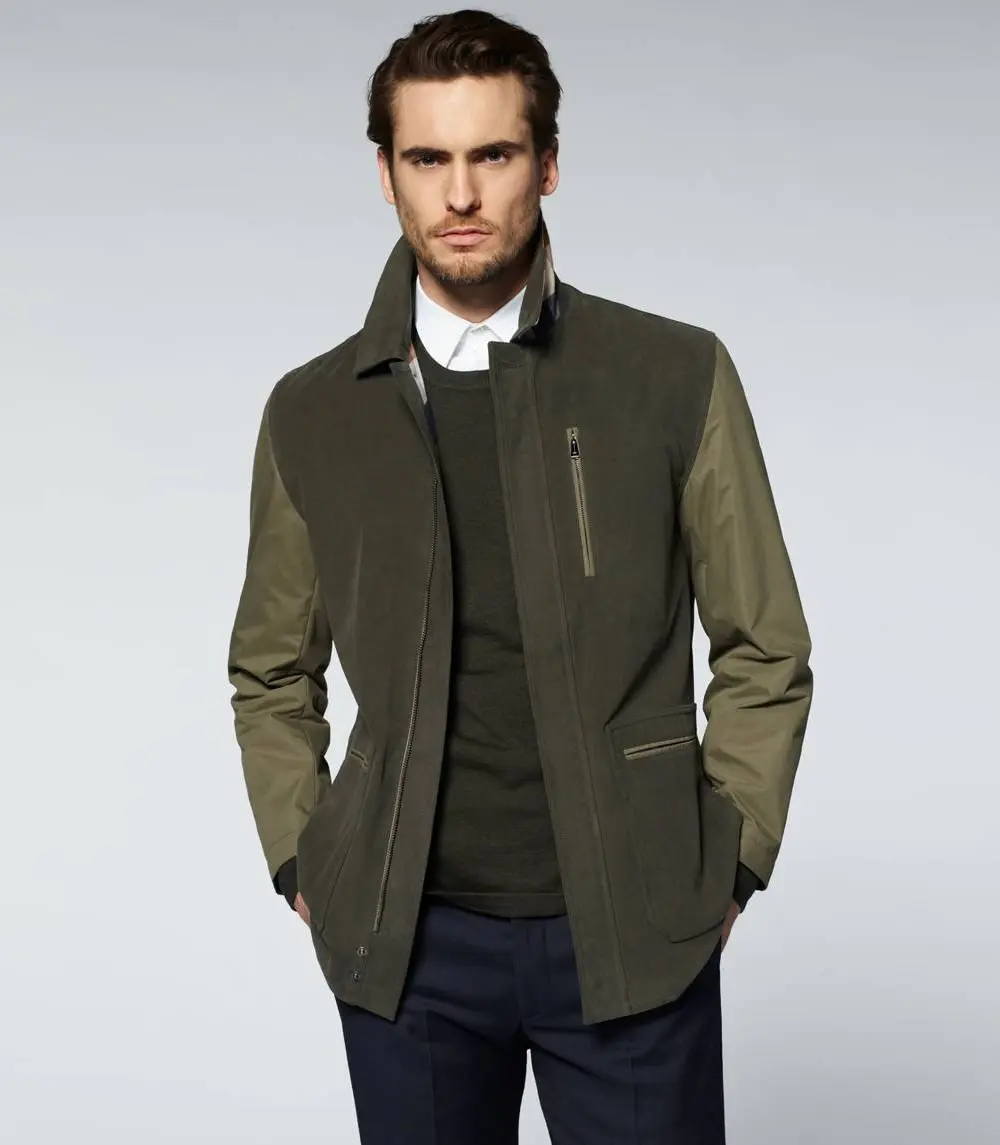
Aquascutum
The trick is to pay attention to every layer you add, because once indoors any one of them might suddenly become the one everyone sees. You also need to make sure that you don’t add so many layers that your mobility is hampered, or so few that you’re entirely dependent on your average-spec outerwear for warmth.
Watch your Step
Layering can hide a multitude of sins, with the whole (outfit) being greater than the sum of its parts. However, one place you cannot skimp when the weather turns is in the footwear department. It’s a common enough sight – and one can only imagine the untold losses to trench foot or hypothermia – but, honestly, sneakers are only really suitable for the drier months. They’re not designed to deal with tougher weather and they will, if pushed through it, rapidly degrade.
You should go for something more substantial: Goodyear-welted shoes are, in contrast, able to be resoled over and over again, so can take any amount of punishment. Better still, to avoid that grim sensation of rain splashing over the top of your socks, go for boots. Workwear styles are more casual, though comfortable and harder wearing, but for a smarter option, a Chelsea or leather desert boot is a step in the right direction – protective without conceding the likelihood of snow just yet. Both have the advantage of looking good with just about anything in your wardrobe too.
Footwear, remember, is likely to need a little extra love and care than you’ve been used to giving it over the summer. With thicker socks on, your feet are going to perspire – and leather footwear needs time to breath, so if at all possible try not to wear the same shoes more than a couple of days in succession. Likewise, if your leather shoes get an occasional soaking, let them dry out naturally – don’t put them on or next to a radiator, though you can help the process by stuffing them with newspaper.
Colour me Bad
A final piece of advice: it may be autumn, but don’t think that means there’s some unspoken requirement to suddenly start dressing in accordance with the great outdoors’ new colour scheme. Style advice is always recommending an urgent rush to wear brown, dark green, ochre, reddish and “burnt” tones, as though you had some secret desire to blend into a pile of dead leaves.
Our advice? Wear whatever colours you like – god knows it’s going to get pretty drab out there soon enough. We could do with some pop and pizzazz to stave it off.
